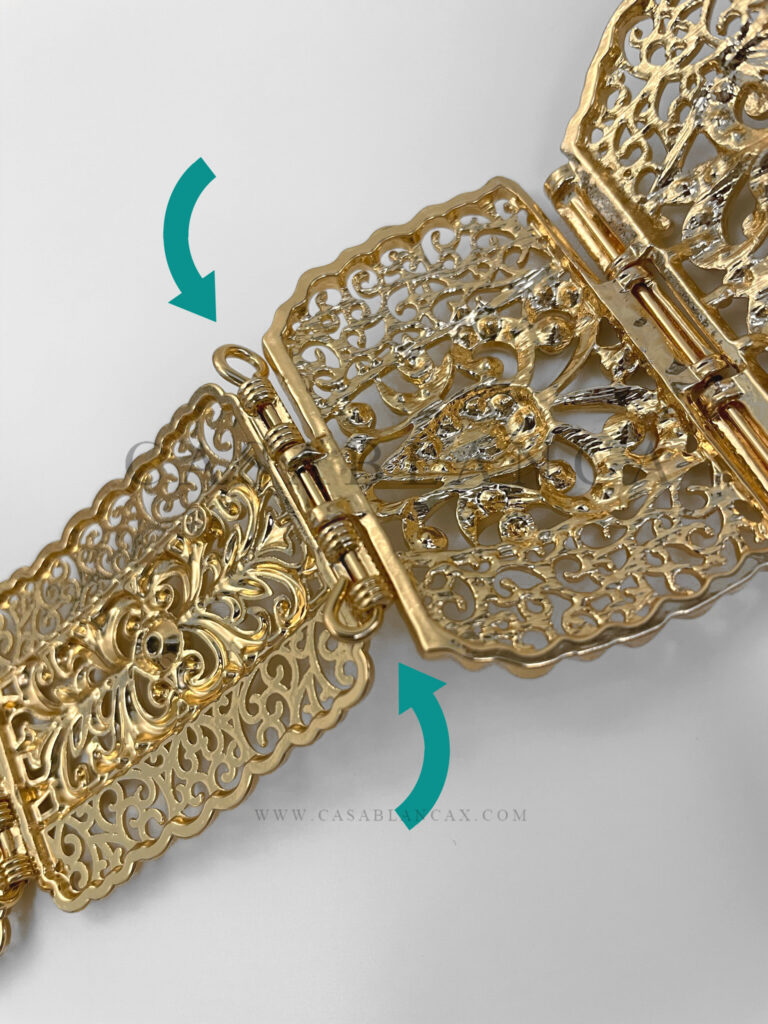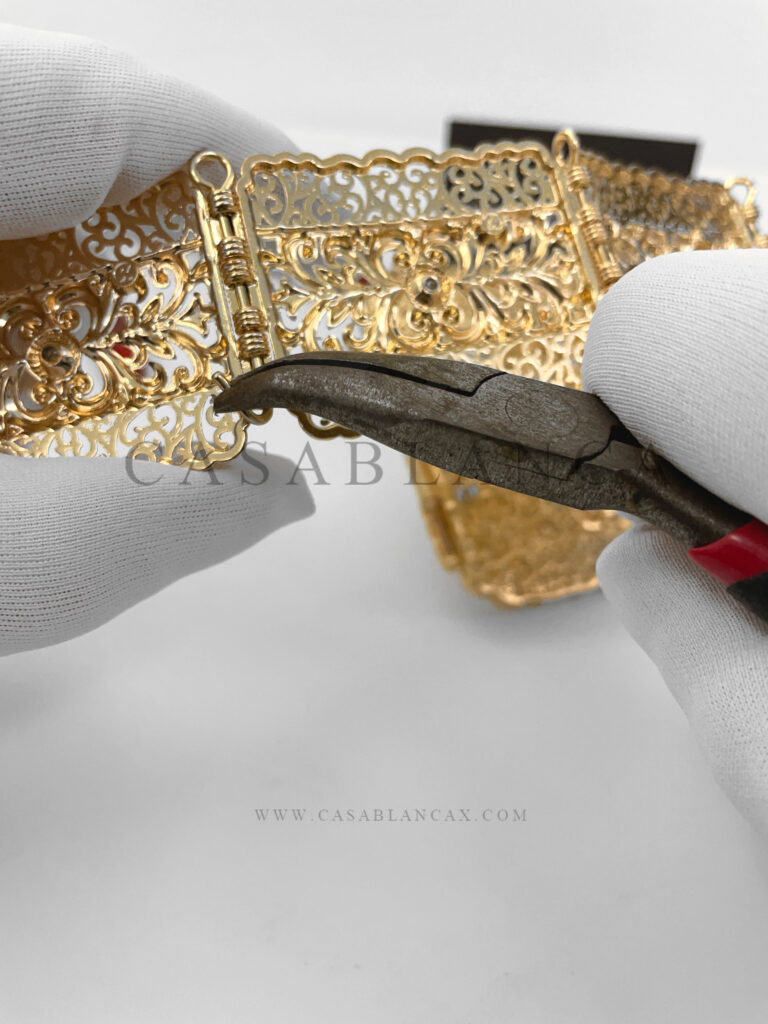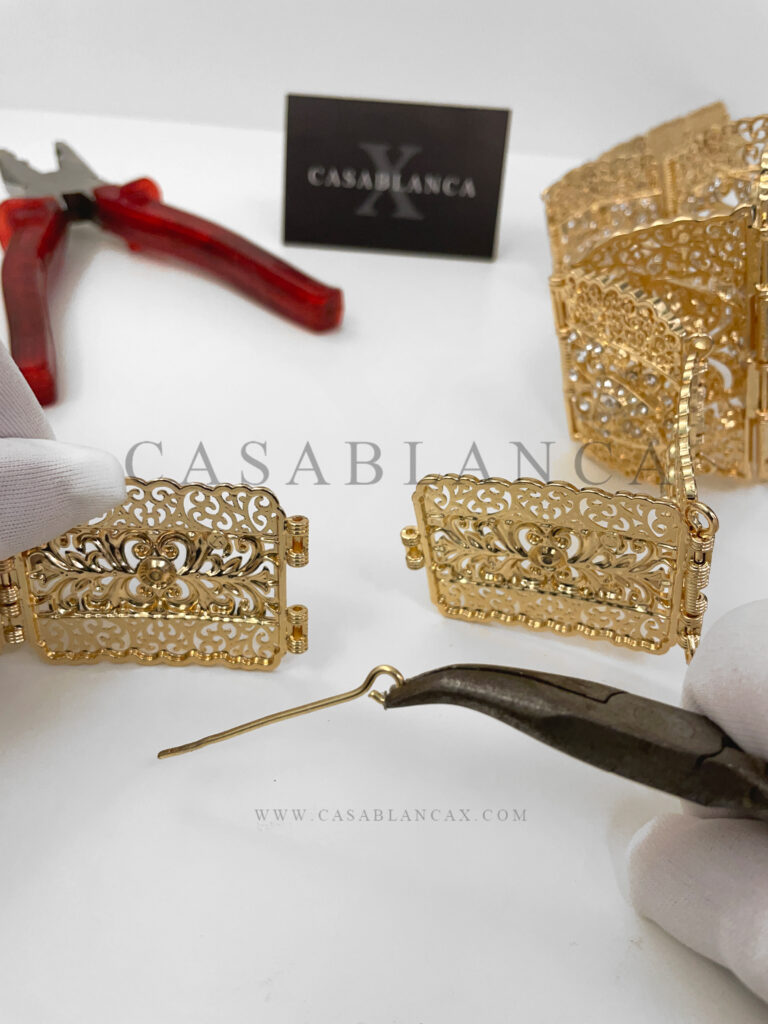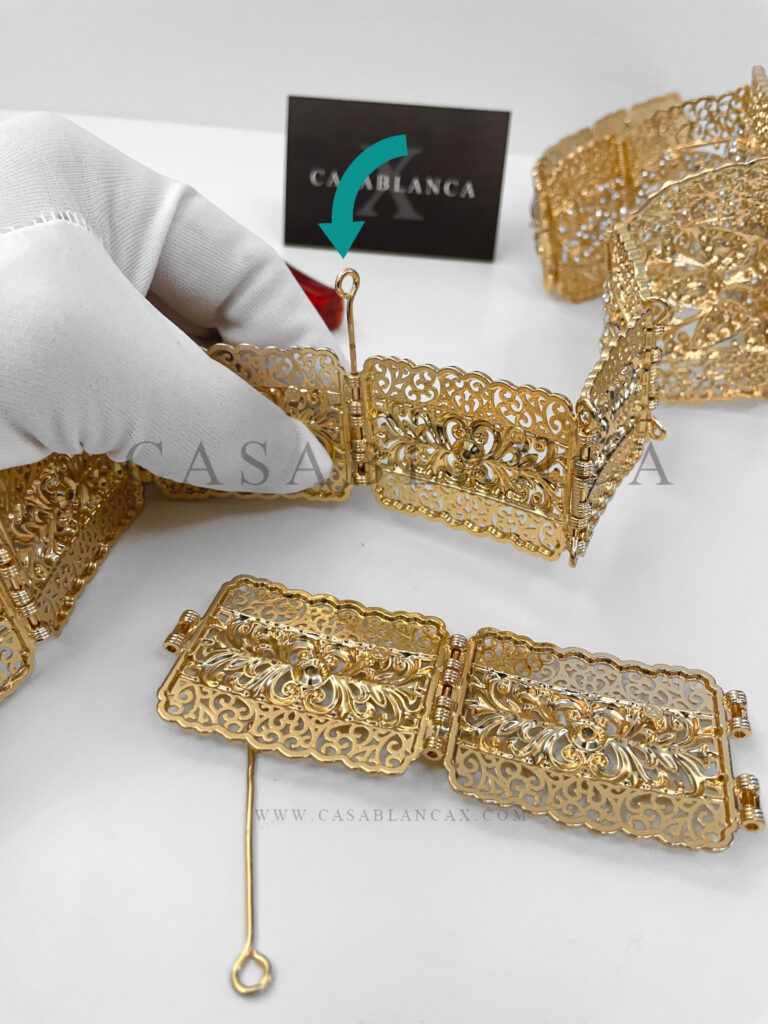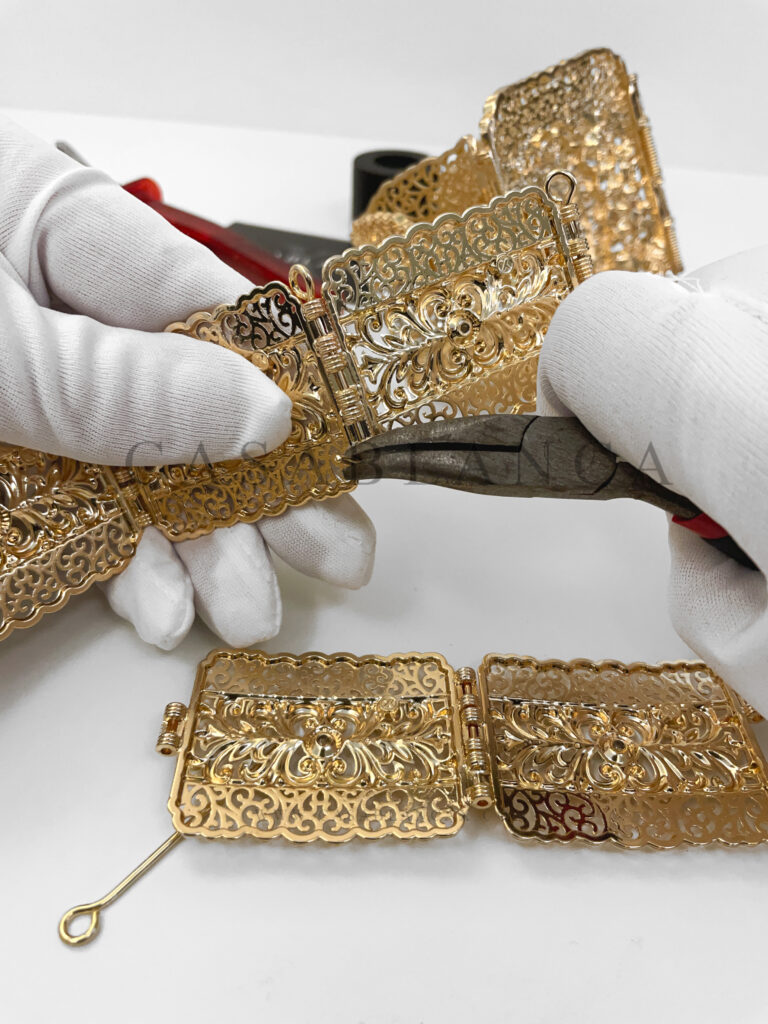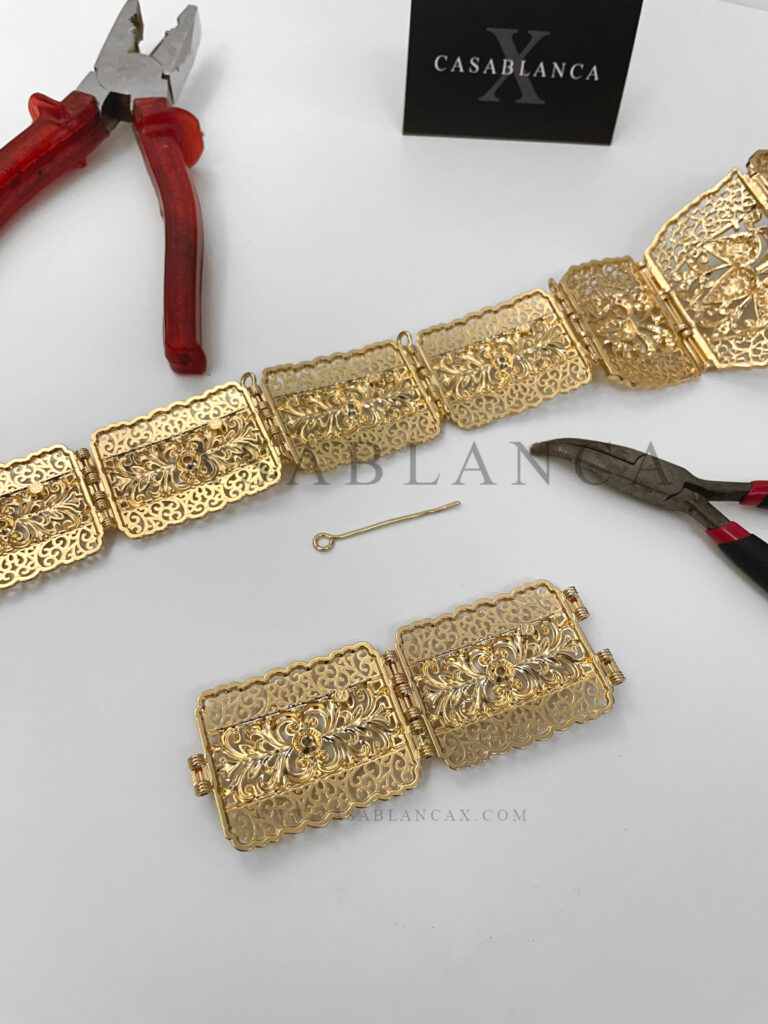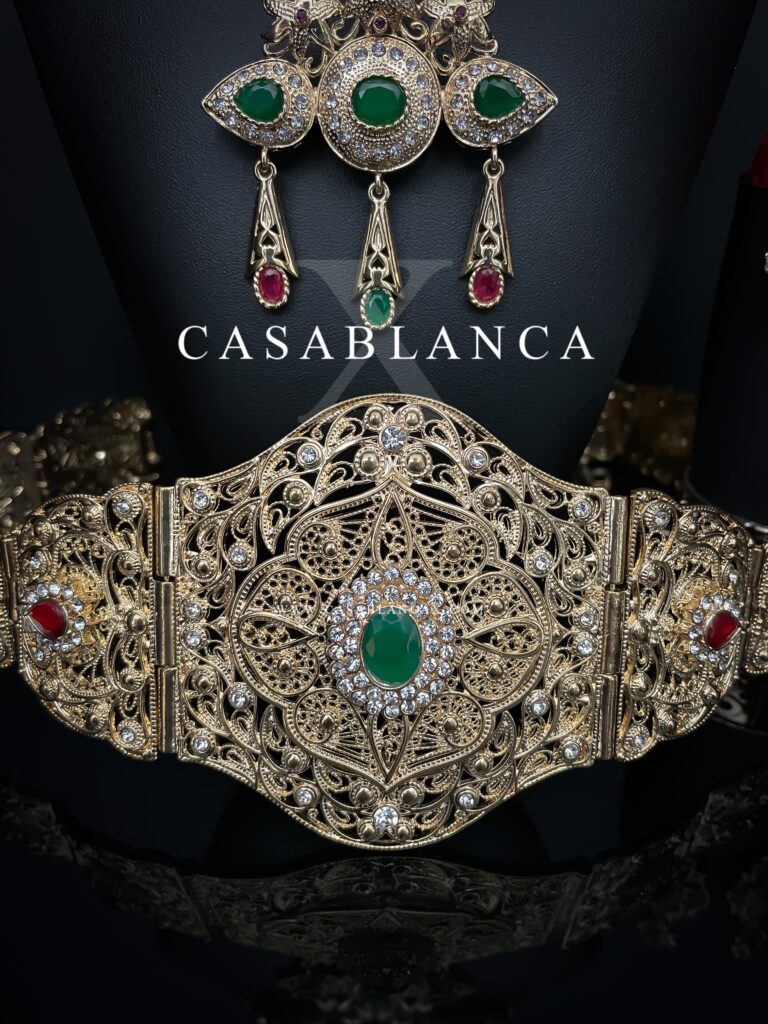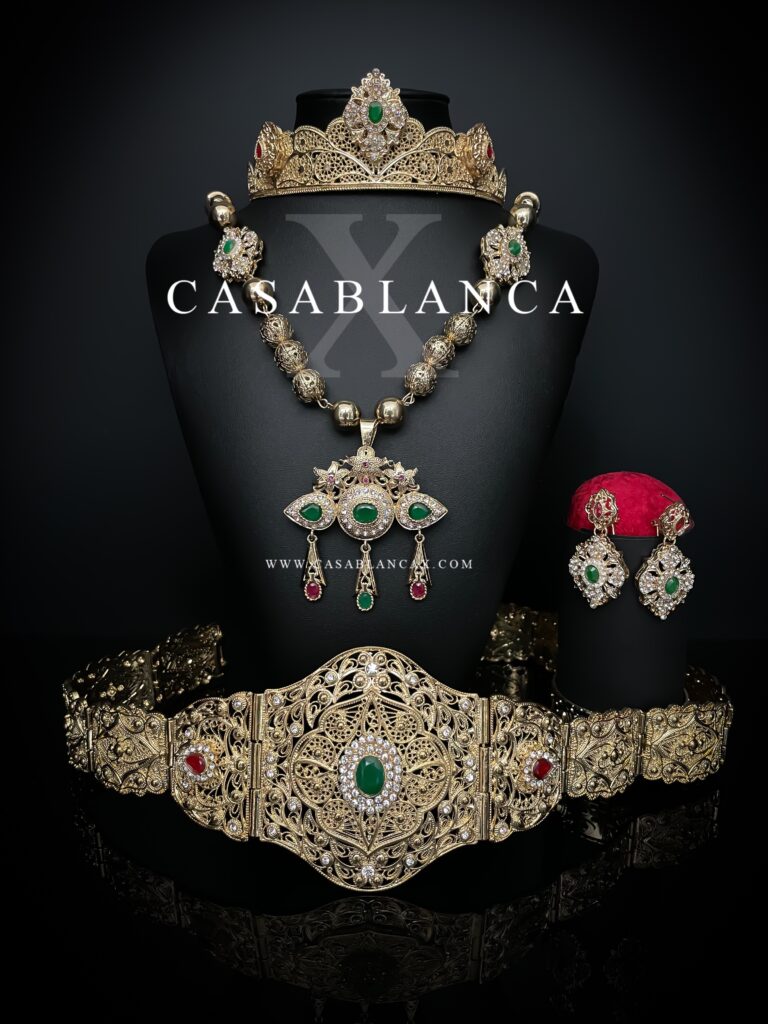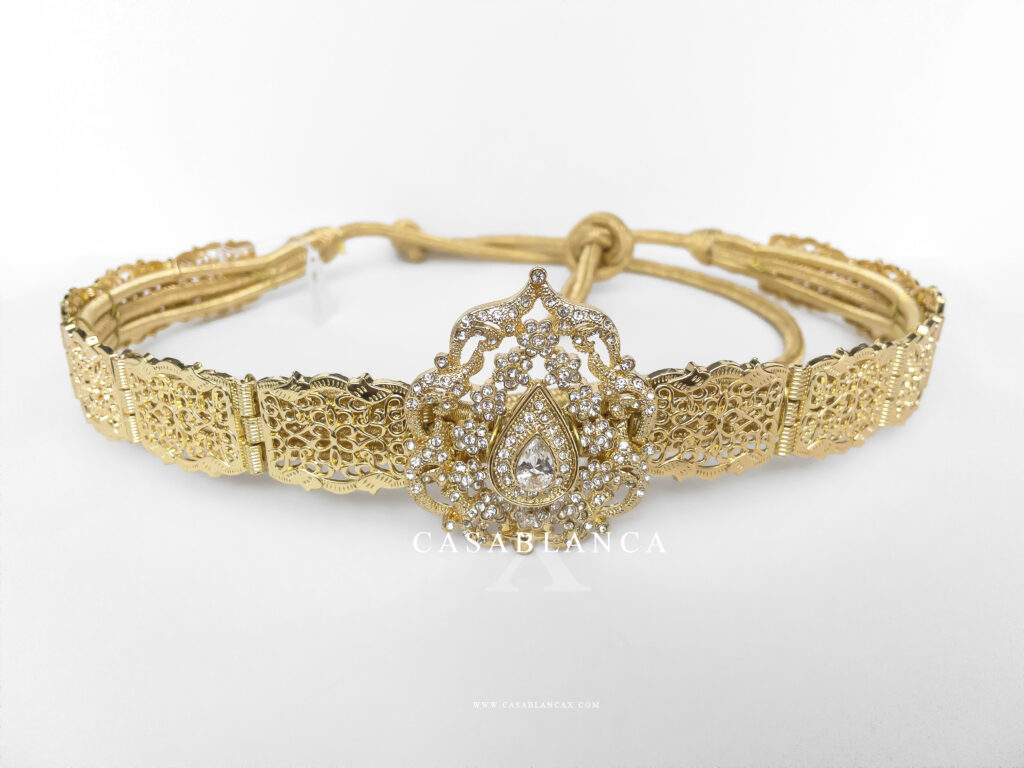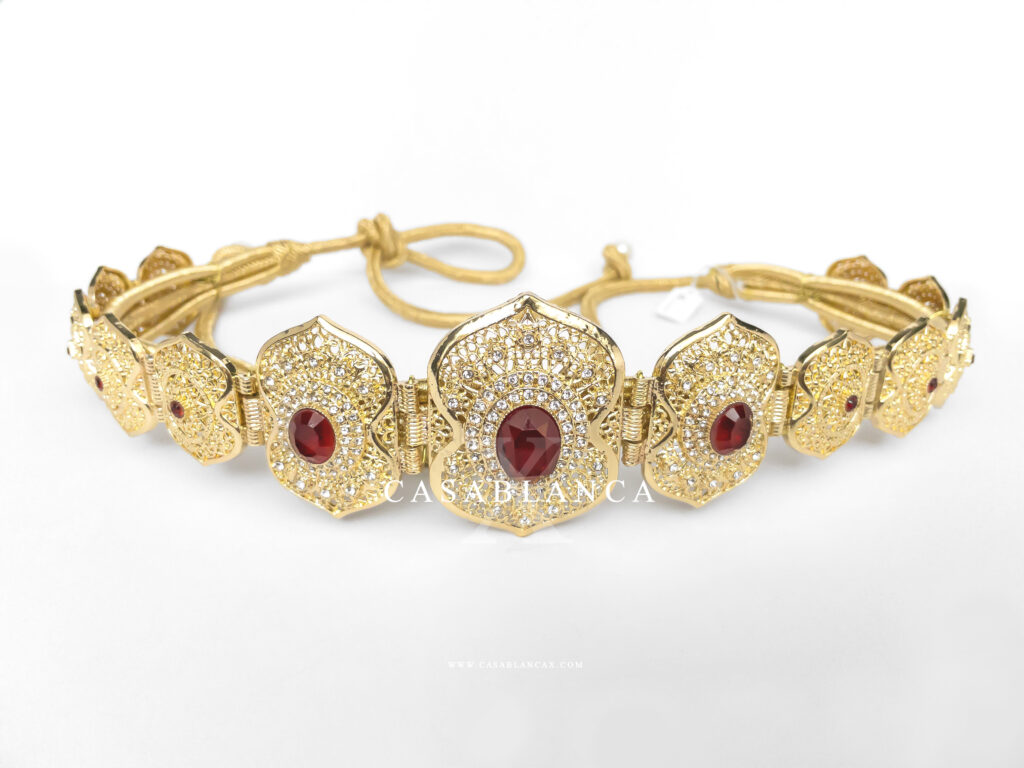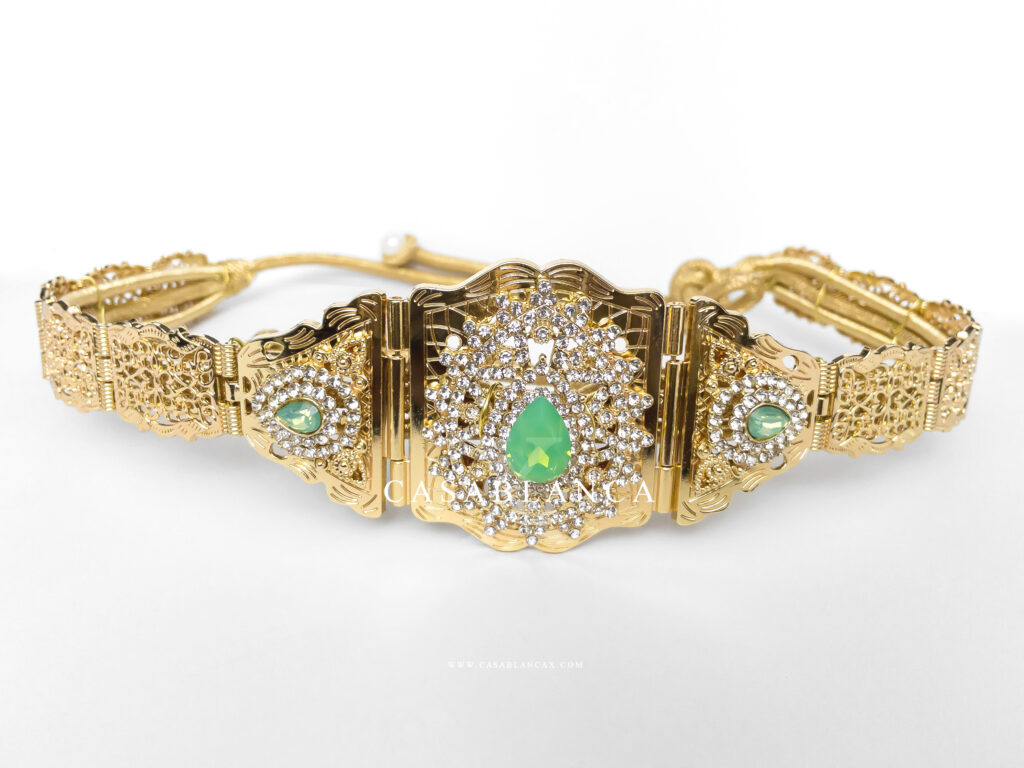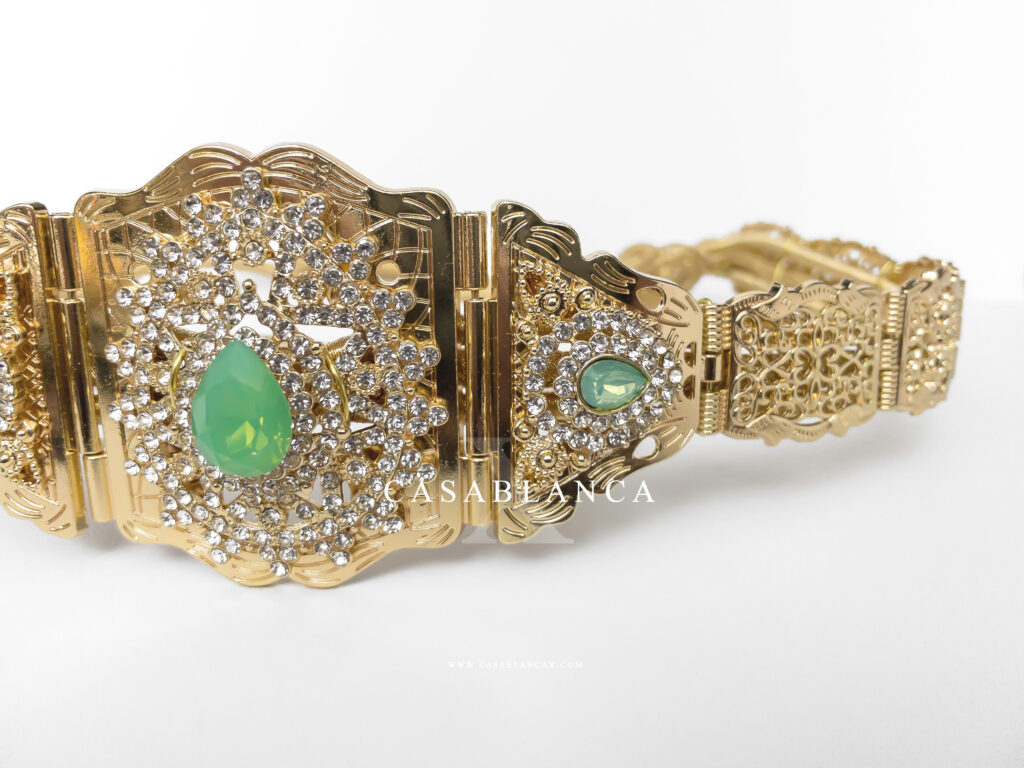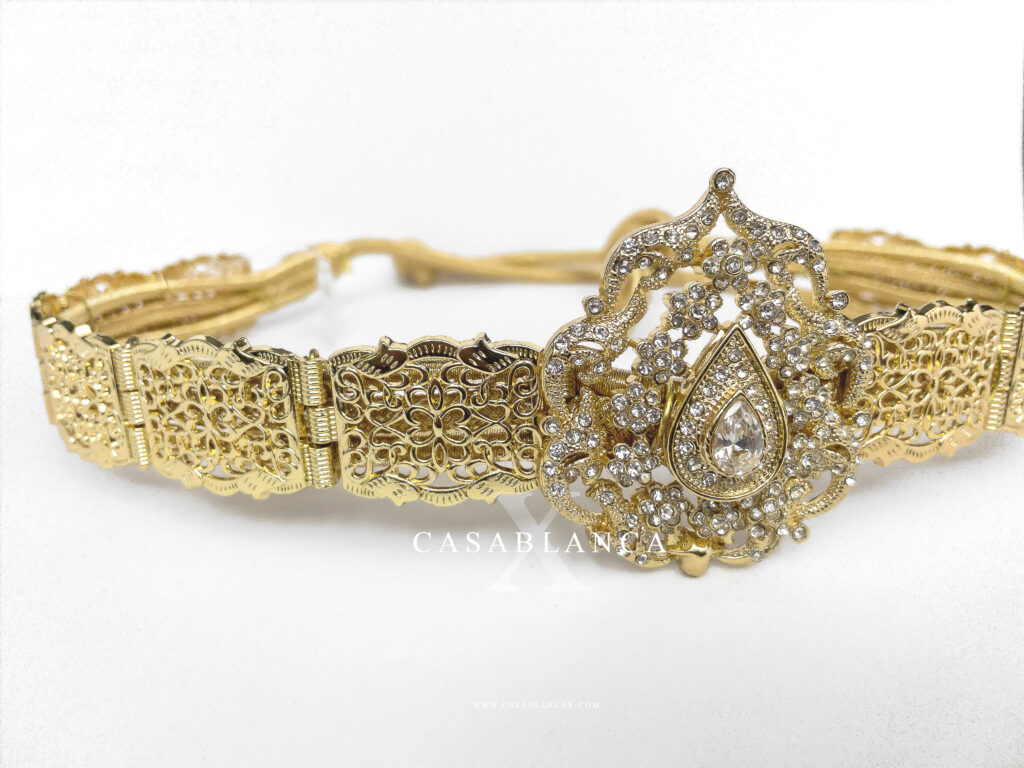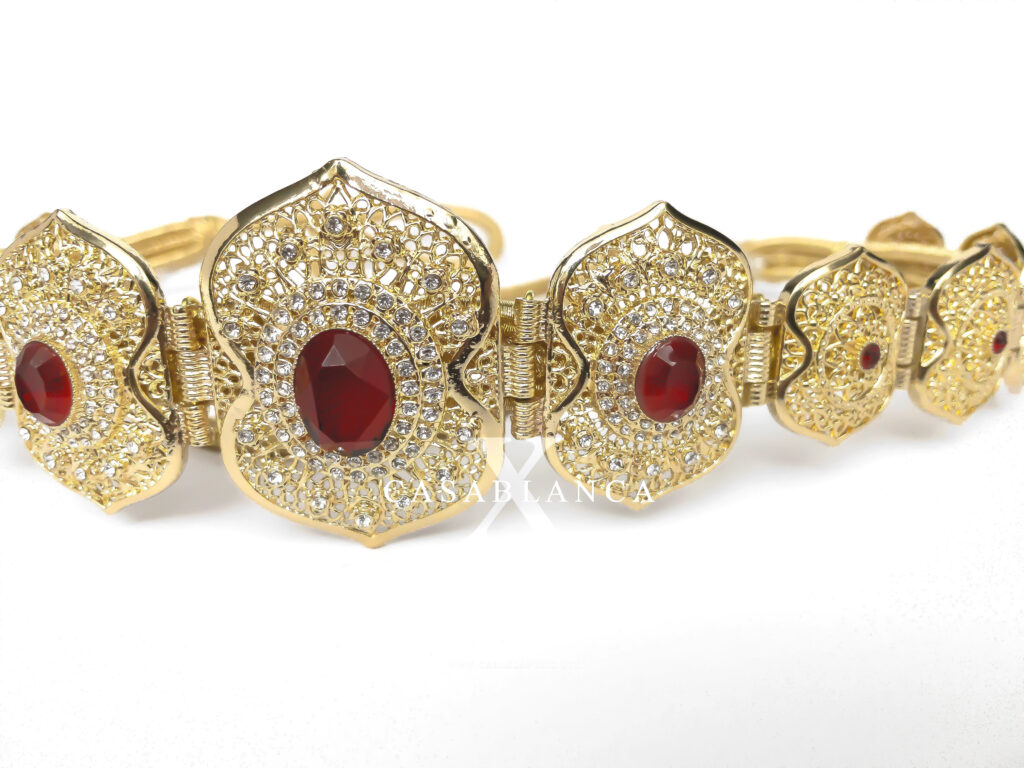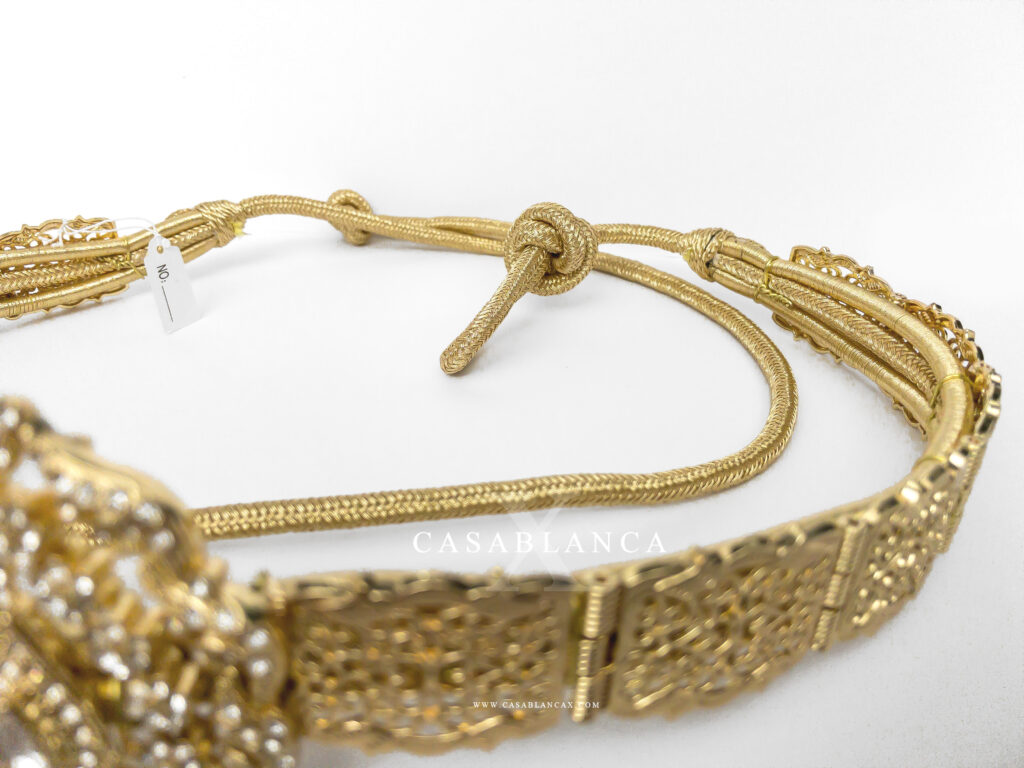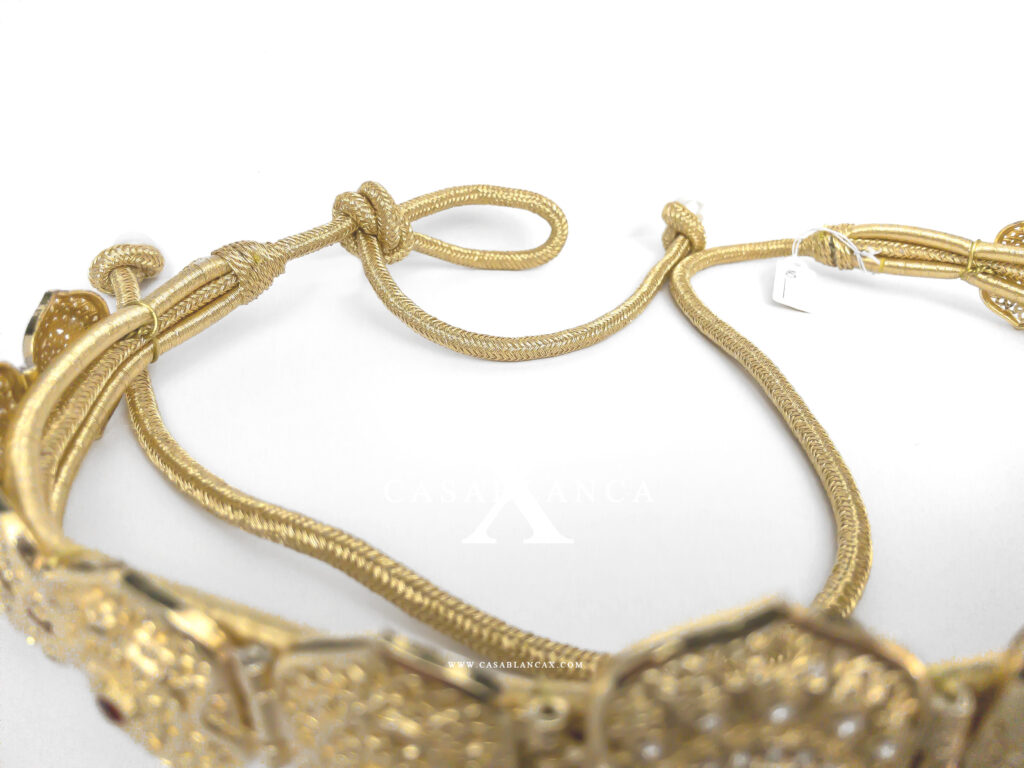What is a Fibula?
Historically, a fibula is a type of brooch or pin used to fasten garments. Think of it as an ancient safety pin. But in Amazigh culture, the fibula evolved into something much more meaningful—blending utility, beauty, protection, and identity.



History and Origins
- The use of fibulae dates back to antiques, with origins in ancient Roman, Greek, and Phoenician cultures.
- As these empires came into contact with indigenous North African Amazigh tribes, the fibula was adopted and transformed into a unique art form, often larger, more symbolic, and more ornate than its Mediterranean counterparts.
- By the medieval period, Amazigh fibulae had taken on distinct regional styles, each associated with particular tribes or areas (eg, Kabyle, Tuareg, Chleuh, Reef).
Symbolism & Function
The Berber fibula served several roles:
1. Practical Use
It was traditionally used by Amazigh women to fasten cloaks or garments (like the haik or melhfa). Often worn in pairs on the shoulders, connected by chains across the chest.
2. Status and Identity
The fibula signified tribal identity, marital status, and social rank. The materials used (silver, coral, amber, enamel) and the size of the fibula often reflected the wealth or importance of the wearer.
3. Cultural Heritage
Each region developed distinct styles:
- Tuareg fibulae tend to be more geometric and minimalist.
- Kabyle fibulae (Algeria) are known for their bright enamels and detailed silverwork.
- Chleuh and Souss styles in southern Morocco are larger, more symbolic, and often include chainwork and filigree.
Craftsmanship
Traditionally handmade by silversmiths, fibulae are crafted using:
- Pure or coin silver
- Cold enameling techniques
- Filigree and repoussé (metal shaping)
Silver is preferred over gold in Amazigh tradition because of its purity and spiritual qualities.



Today
Today, the Berber fibula:
- Is worn in ceremonial or festive contexts, especially weddings and cultural events.
- Has become a popular motif in modern Amazigh jewelry, often reimagined as pendants or earrings.
- Serves as a cultural emblem, symbolizing resistance, identity, and pride—especially in the movement to preserve Amazigh language and traditions.
In Summary
The Berber fibula is a living artifact—a bridge between the past and the present. Whether worn for pride, or beauty, it carries the legacy of Amazigh women, artisans, and ancestors who shaped its meaning over millennia.




































































